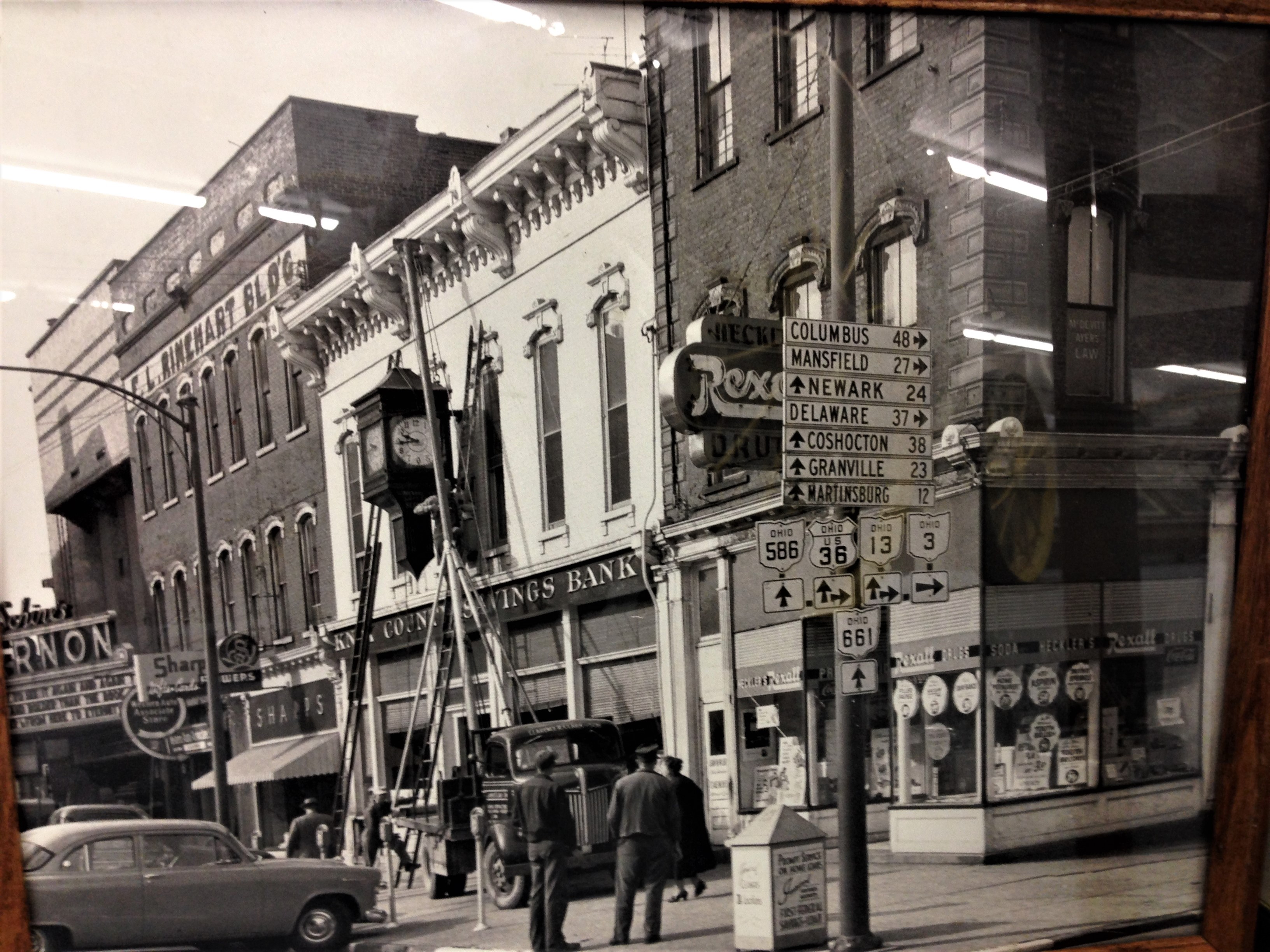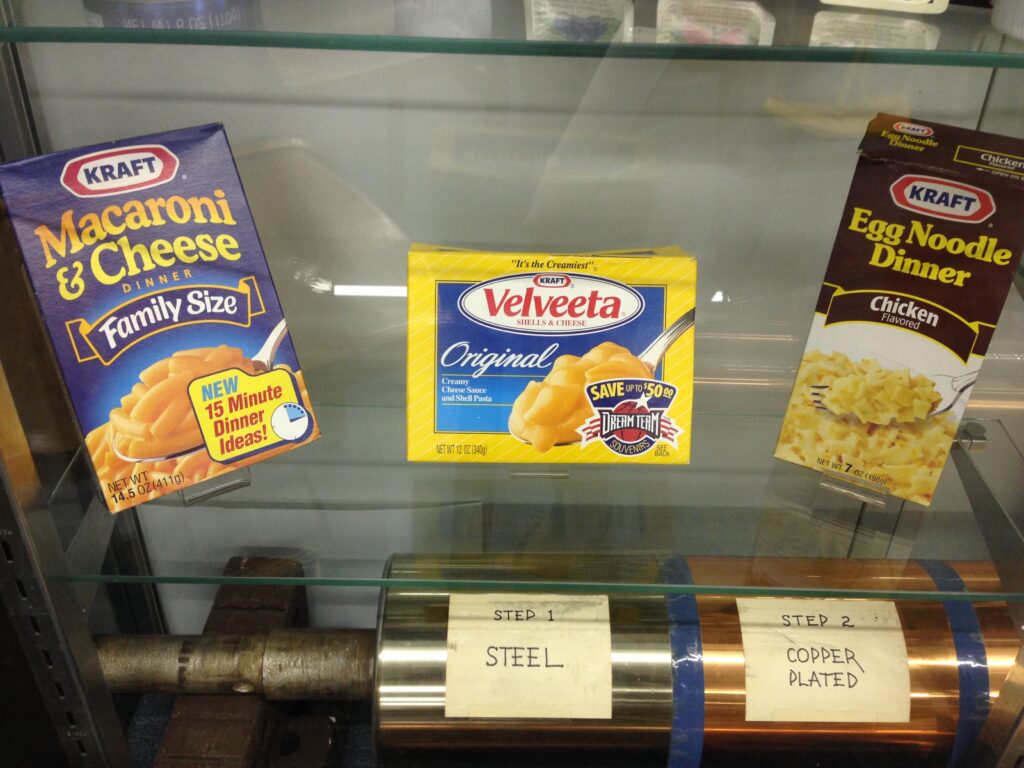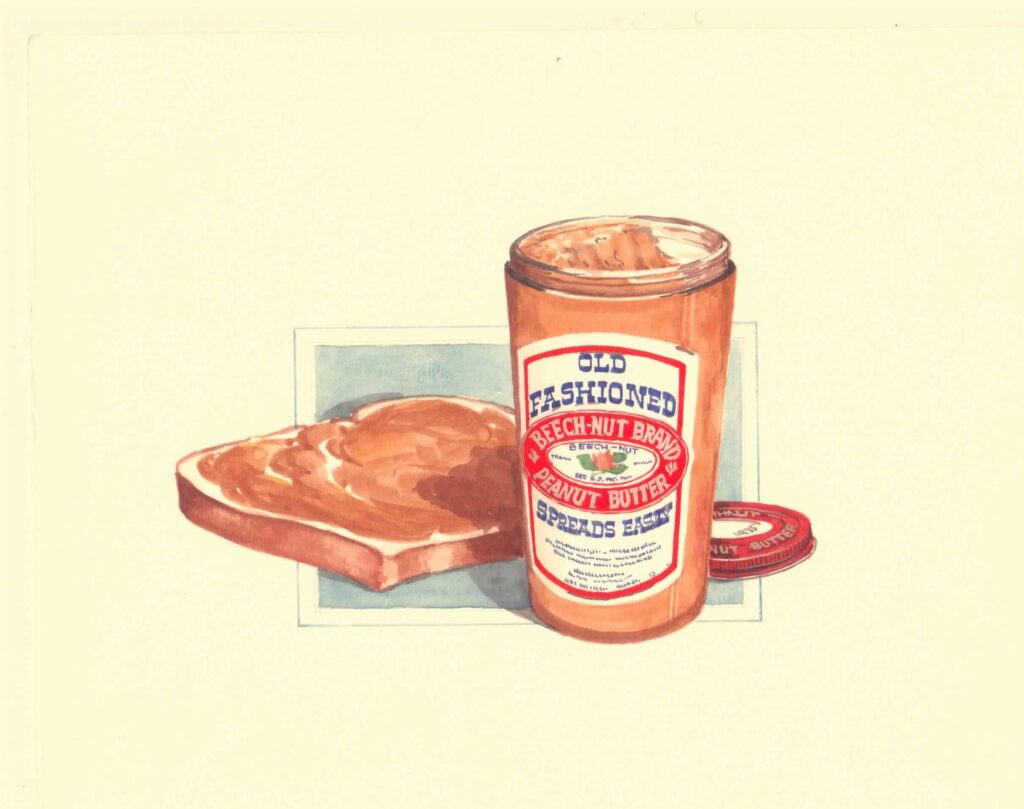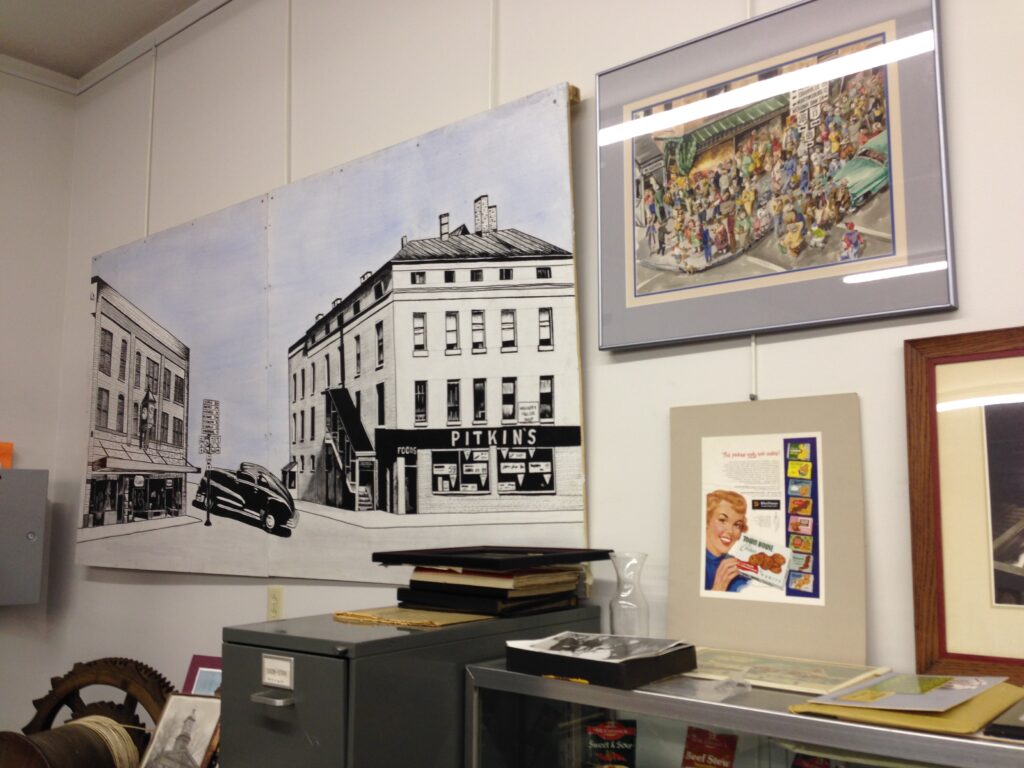I returned to my hometown after 50 years — and wrote a book about it, The Artist’s Eye: Vernon P. Johnson’s Watercolors of 1950s Small Town America. You couldn’t find a more typical small town in America in the 1950s, and my father, an artist, recognized that immediately. He painted more than 100 watercolors of this Midwest community of 15,000 in central Ohio — in fact, a town officially recognized as a “typical, small American city” by the US State Department. And thanks to my father’s visual preservation of that time and place, I went home after many decades to retrieve my legacy.
In the Foreword to The Artist’s Eye, American art historian Henry Adams of Case Western Reserve University and the Cleveland Institute of Art calls my father’s portrayal of mid-century life in small town America a vision of a “simpler, more optimistic, more understandable world…a sort of Paradise Lost.”
It’s risky to return to the place you grew up, especially if it’s been a long time. Whether a small town, a suburban community or a big city, it will have changed. Your memory plays tricks, hoping it’s what it was, and the reality of today throws you off initially at what it no longer is. But the challenge is to go deeper to rediscover the enduring value that sustains its fabric today and has made you who you are — and that’s a truly rewarding experience.
To wit: One of the men’s clothing stores is now a coffee shop with lattes, gourmet sandwiches and tables where students and business people work on their laptops or a regular group of women gather to play mah-jong. The family-run department stores are gone, beat down by box-style chains out on the edge of town. Yesterday I learned that a major fire on one of the downtown blocks had gutted a building we used to remember as the S.S. Kresge Co., the five-and-dime store of our youth, another blow yet fortunately contained to one building. The hangout drug store-movie theater-donut shop block has been torn down for a bank. The ranch-style home my parents built has several additions and a pool — and another house is situated next door in the vacant lot where we played by the creek. The old diner is a nostalgic new diner with stellar collectibles and relics of mid-century entertaining us on the walls.
Yet below the surface is much, much more: The community spirit fosters smart, caring business and political leaders who are educating new generations of children and attracting new industries. Passionate volunteers lead efforts to preserve and share the area’s more than 200 years of rich cultural and visual history, keep the arts available to the community and ensure access to the lovely rivers, streams and forests that shape the environment. The population is stable, with families who’ve stayed for generations, and those who have left and been replaced by new ones. And the county fair, a summer ritual for more than 100 years, remains an annual tradition the last week of July.
Having lived in more than a dozen communities in my lifetime, from the East Coast to the West Coast, and for a spell in France, I respect Thomas Wolfe’s declaration that you can’t go home again. But I would also argue that statement alone is short-sighted. Each place also becomes a part of who you are today. Acknowledging those characteristics, sometimes by digging below the surface, makes it possible — and meaningful — to reconnect. Not only to reconnect, but to find your anchors and say, “thank you.”
That’s what I experienced over the past three years returning to Mount Vernon, Ohio, in heartland America, to tell its story through my father’s paintings of the 1950s. The story of life in these small towns is a story that many of us Baby Boomers know very well, wherever we live. That indelible fabric is an inescapable part of who we are today.




